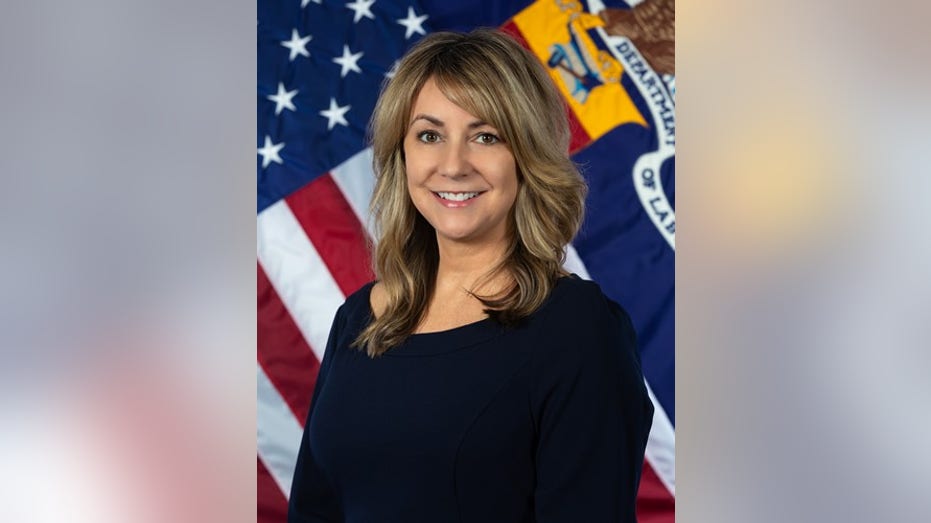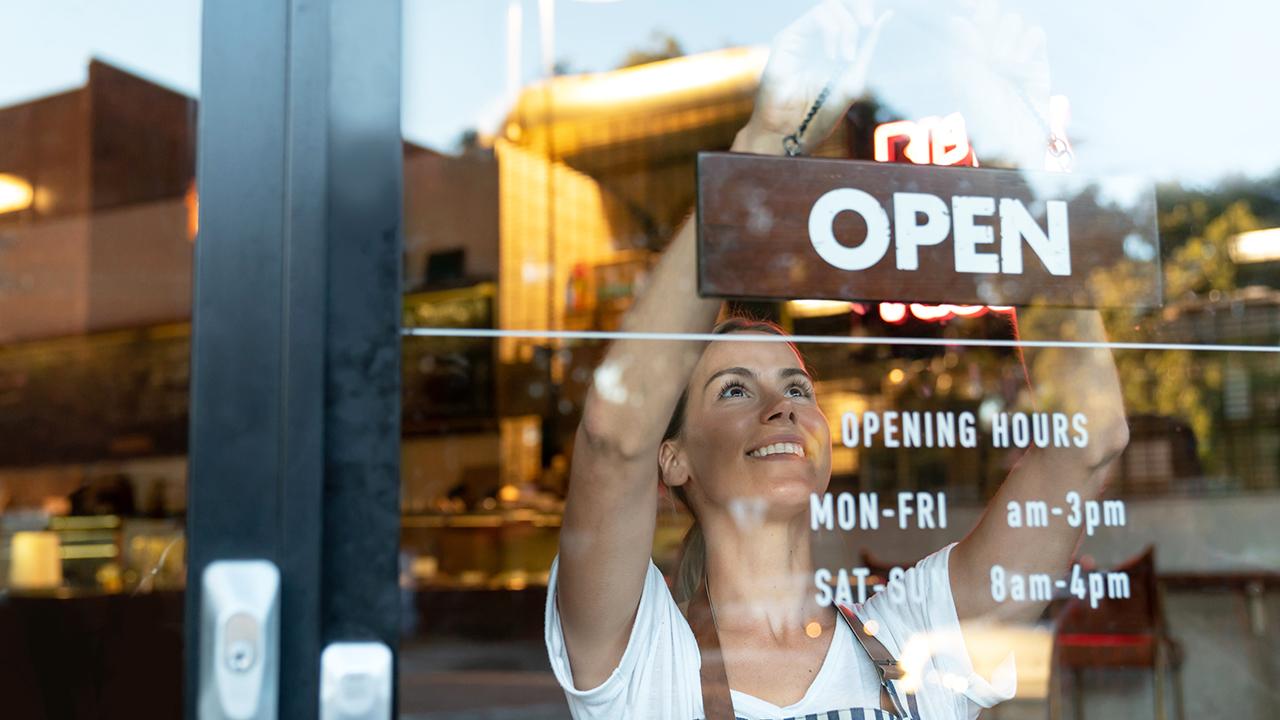Coronavirus reopening must address challenges working women face: Labor Dept. Director Laurie Todd-Smith
As of 2019, 72.3 percent of mothers with minor children are in the workforce
Get all the latest news on coronavirus and more delivered daily to your inbox. Sign up here.
Americans have had their lives upended by the COVID-19 crisis. Most states issued stay-at-home orders in response to the pandemic, closing our schools, restaurants, and office buildings. Many women, including those who work at the Women's Bureau at the Department of Labor find themselves working from home while caring for families and children.
We now look ahead to what life will be like as states reopen. We will have to address the challenges to working women that lie ahead.
3.17 MILLION AMERICANS APPLIED FOR UNEMPLOYMENT LAST WEEK
As of 2019, 72.3 percent of mothers with minor children are in the workforce, but COVID-19 has caused them to have a childcare burden far beyond their expectations.
Some women, like the approximately 3.7 million women who work as registered nurses, have to adjust to these challenges while still reporting to work. Others may experience the brunt of layoffs as companies implement “last in, first out” policies because women filled the majority of the new jobs created in 2018 and 2019.
President Trump and his administration have acted quickly to help the women, and men, who face economic hardship and unemployment caused by COVID-19. Between new paid leave benefits, direct cash payments to families, and enhanced unemployment insurance, the President’s efforts will help women and their families outlast the virus and return to a more normal life.
When celebrating your mother and grandmother, think of their hard work and sacrifices. Remember that the American Dream is not just about accumulating “stuff” but a dream realized by each generation of women being able to pursue work, for both their own edification and for the benefit of the next generation.
COVID-19 has put issues like childcare and paid leave front and center, not just for women, but also for all workers.
As the nation explores these questions, this Mother's Day, I implore everyone to reflect on the experiences of their mothers and grandmothers as they search for answers. Not only do their stories demonstrate resilience and dignity of work and the importance of women-dominated professions then and now, but they demonstrate how far we have already come.

iStock
CORONAVIRUS LAYOFFS HURTING LOW-INCOME WORKERS THE MOST, STUDY FINDS
I, for one, can reflect on my mother's experience as a nurse. Only retiring in 2016, Deb Todd worked long hours at a kidney dialysis center in Arizona, yet somehow was always home in time to make dinner and manage a household of five girls.
Women like my mother worked 8-12 hour days, often in women-dominated fields such as nursing or as administrative assistants, and still had the "second shift," when they came home. The second shift may still fall disproportionately upon women, but we’re hopeful recent prosperity and the technological revolution of the gig economy will lighten the burden.

Laurie Todd-Smith, PhD, Director of the U.S. Department of Labor’s Women’s Bureau.
TRUMP: JOBS LOST IN APRIL WILL COME BACK 'VERY SOON'
Still, women like my grandmother worked two jobs, which gave my mother, Deb Todd, the opportunity to become a nurse. My grandmother inspired the work ethic in my mother. I then had the opportunity to watch my mother go back to school, earn her MSN, and expand her career into administration.
Deb Todd made it possible for me to pursue higher education and her generation made it possible for women’s high school graduation rates to climb to 85 percent.
According to a census study released in 2016, 34 percent of women older than 25 have a bachelor’s degree or higher, a far cry from the 8 percent who did in 1967. Even more impressive, is that by 2018, 41 percent of women between ages 25 and 29 obtained this credential compared to only 33 percent of men, nearly doubling since 1980.

iStock
At the same time, the Department aims to create new opportunities for women in apprenticeships. According to a Department study, nine years after enrolling in a registered apprenticeship, women could expect to earn an average of $47,586 more than they could have otherwise expected to earn.
GET FOX BUSINESS ON THE GO BY CLICKING HERE
There is no better time or place to be a woman. Women work in nearly every industry, including historically male-dominated fields. The gig economy had blossomed, providing women with even more opportunity.
As we look to reopen the American economy, our strong economic foundation and recent innovations such as online schooling, grocery fulfillment, and teleworking and telemedicine will position women to play an even greater role in the recovery.

iStock
Combined with the Trump administration’s policies that encourage flexibility in the workplace, and the largest-ever increase in Child Care Development Block grants, our nation is more resilient than ever.
So, when celebrating your mother and grandmother, think of their hard work and sacrifices. Remember that the American Dream is not just about accumulating “stuff” but a dream realized by each generation of women being able to pursue work, for both their own edification and for the benefit of the next generation. We will have plenty of debates ahead of us when we return to normal life after the coronavirus pandemic, but remember, we are all working to achieve this dream.
Laurie Todd-Smith, Ph.D., is Director of the U.S. Department of Labor's Women’s Bureau.




















